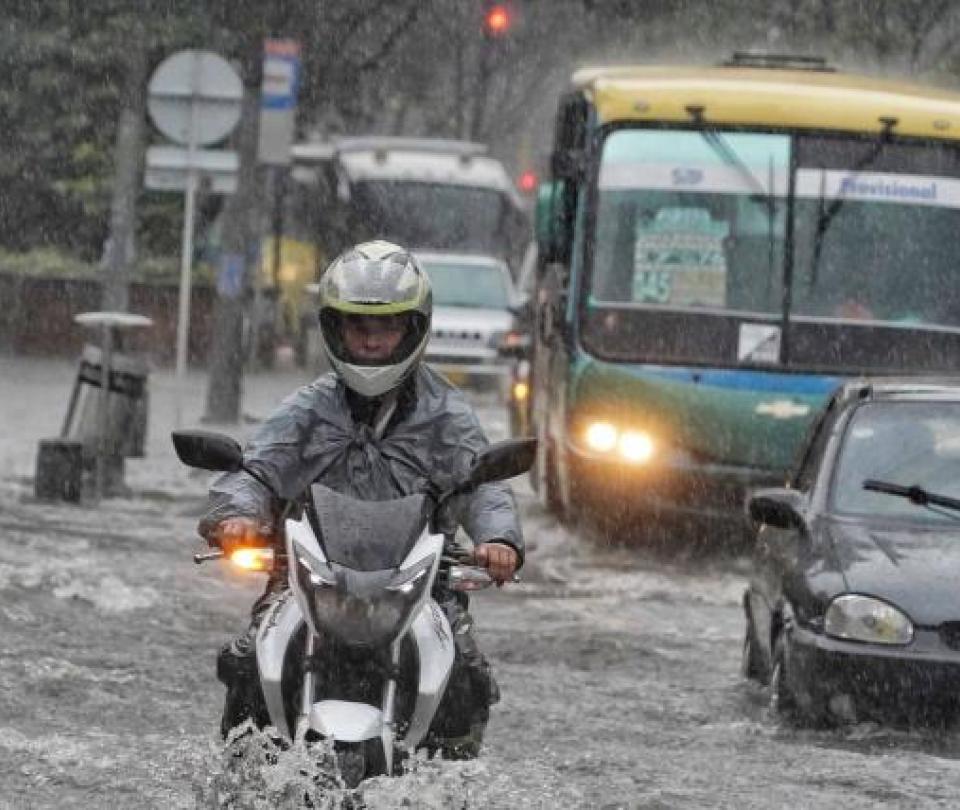This year, the National Unit for Disaster Risk Management (UNGRD) forecasts rain and more rain, given the continued presence of the phenomenon. La Niña that also maintains a 64% probability of extending during the remainder of 2022.
(The phenomenon of La Niña is already hitting the national agriculture).
The entity even expects that the second rainy season will begin in mid-September, this one will be stronger, “so the country must prepare for the different scenarios that may arise.”
For its part, the IDEAM indicates that for the quarter from July to September there may be rainfall volumes of more than 30% of those forecast for the season, this especially in the Caribbean and in the Andean departments. For the same season, the coasts of Valle del Cauca and Cauca, as well as the foothills of the Llanos and the Amazon will have a reduction in rainfall of up to 30% and the rest of the country in normal conditions for a season of less rain with the presence of La Nina.
(‘La Niña’ and economic factors that explain the severe drought in Mexico).
However, the technical entity also points out that the current forecasts for the period from October to December, which correspond to the most intense of the second rainy season, rainfall in the Andean region and in the north-central Caribbean may be up to 20% above historical averages. In the rest of the country, conditions are close to those normally registered for the season, so it is necessary to be attentive to the forecasts that continue to be issued during this semester.
Regarding the forecasts, the director of the UNGRD, Eduardo José González Angulo, pointed out that it is important that each and every one of the Colombians should be preparing for the second Rainy season, especially because it is the strongest of the year and especially in the months of October and November. He also indicated that it is important that interventions to reduce and mitigate disaster risk prevail, but also to prepare to deal with any emergency.
“We have completed a whole year of rains, the water has not given us a break since August of last year. We have had few sunny days and an increase in rainfall that has caused us quite a lot of damage and different types of emergencies. Even when we have invested in risk mitigation, we are lacking. That is why we must continue in the task of implementing all the possible actions that we have at hand to reduce the risk. We know that the risk will never be zero, but we can and must continue to develop from each house, neighborhood, town, municipality and department, and of course, with the support of the nation, all the strategies that allow us to save lives. That is the true mission of Disaster Risk Management” said González Angulo.
Rain report in July
According to the National Crisis Room and the report made by the Territorial Risk Management Councils, the rains between July 1 and 31 generated 149 events in 117 municipalities of 24 departments, These events have been generated as a result of the precipitations that, due to the incidence of the La Niña phenomenon, are still present.
These events affected more than 14,220 families. Likewise, eight (8) people lost their lives, another 11 were injured and two (2) are still missing. Mass movements and floods were the events that were most recorded due to the rains in this last month.
These July rains also affected more than 10,000 homes and another 68 were destroyed due to the events. There were also reports of breakdowns in 75 road points and damage to 29 vehicular bridges and 18 pedestrians, as well as in 25 aqueducts and two (2) sewers according to reports.
Antioquia, Cundinamarca, Meta, Cauca, Putumayo and Chocó are the departments with the highest number of municipalities and events recorded as a result of the July rainfall.
BRIEFCASE













Add Comment